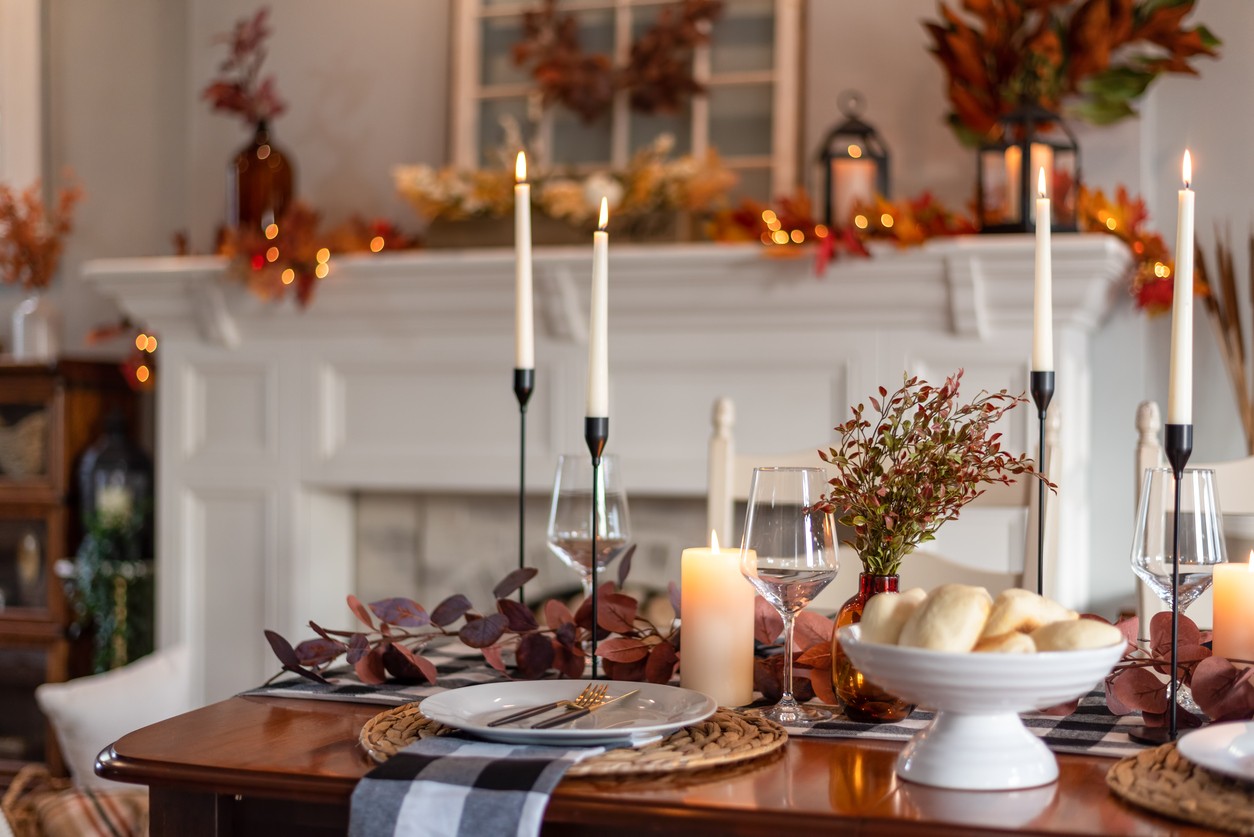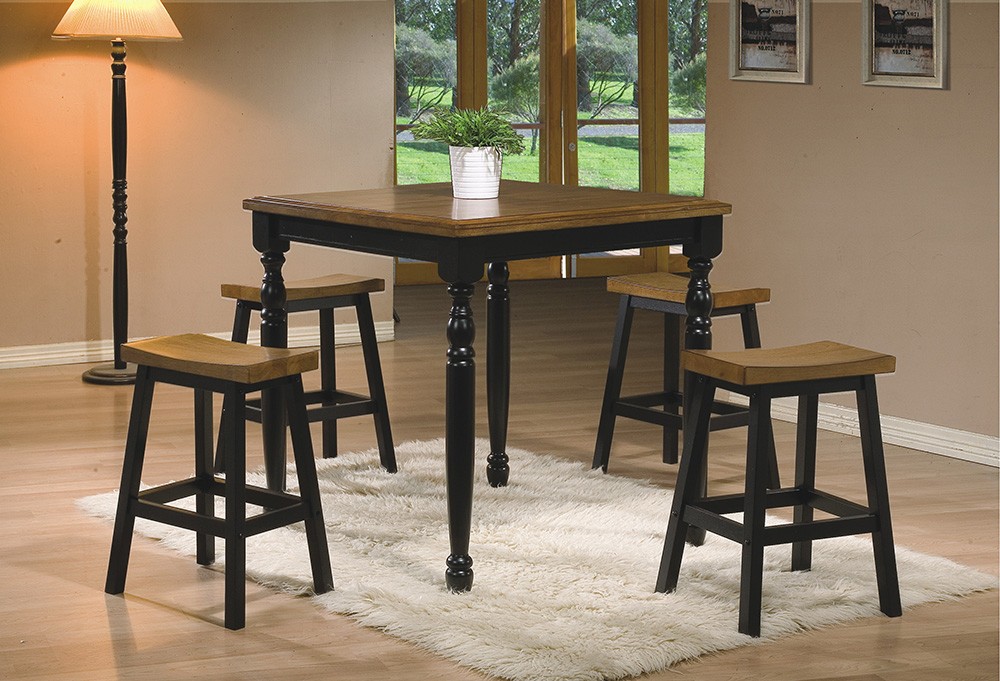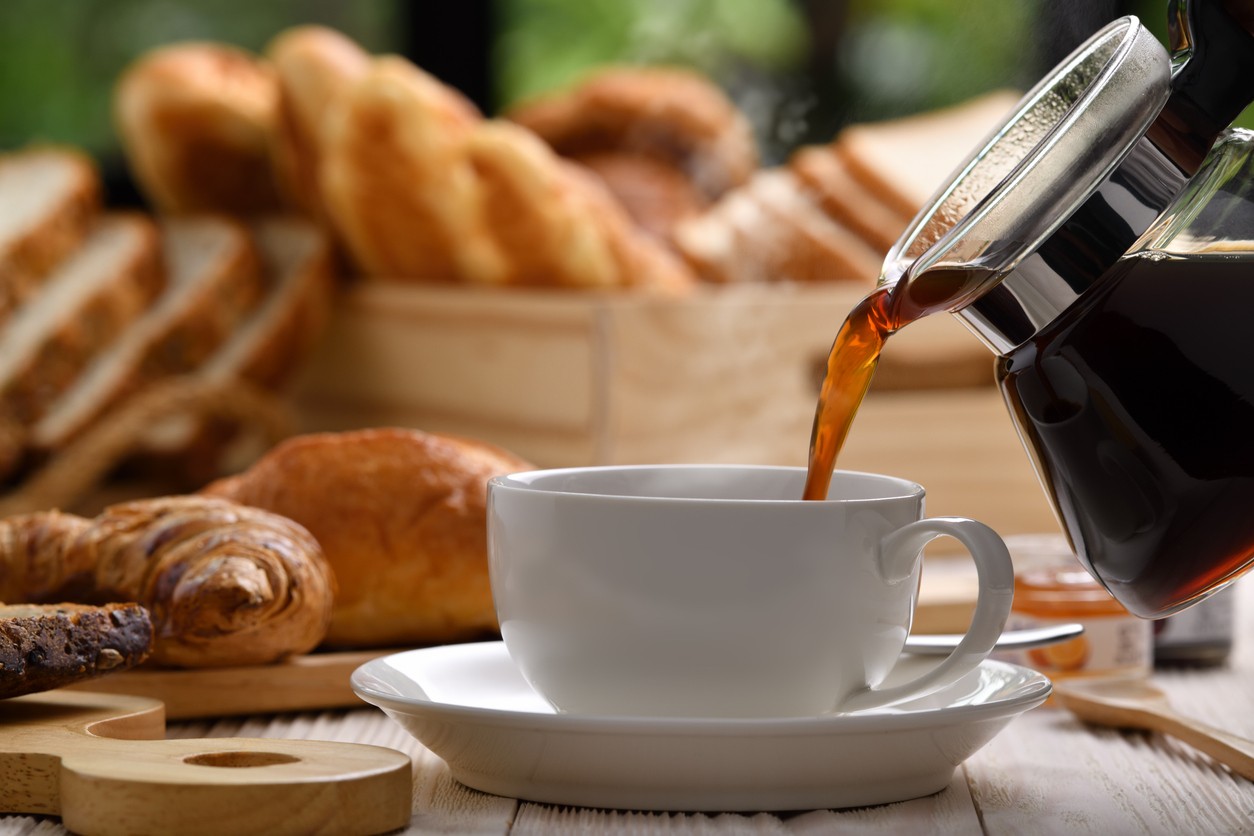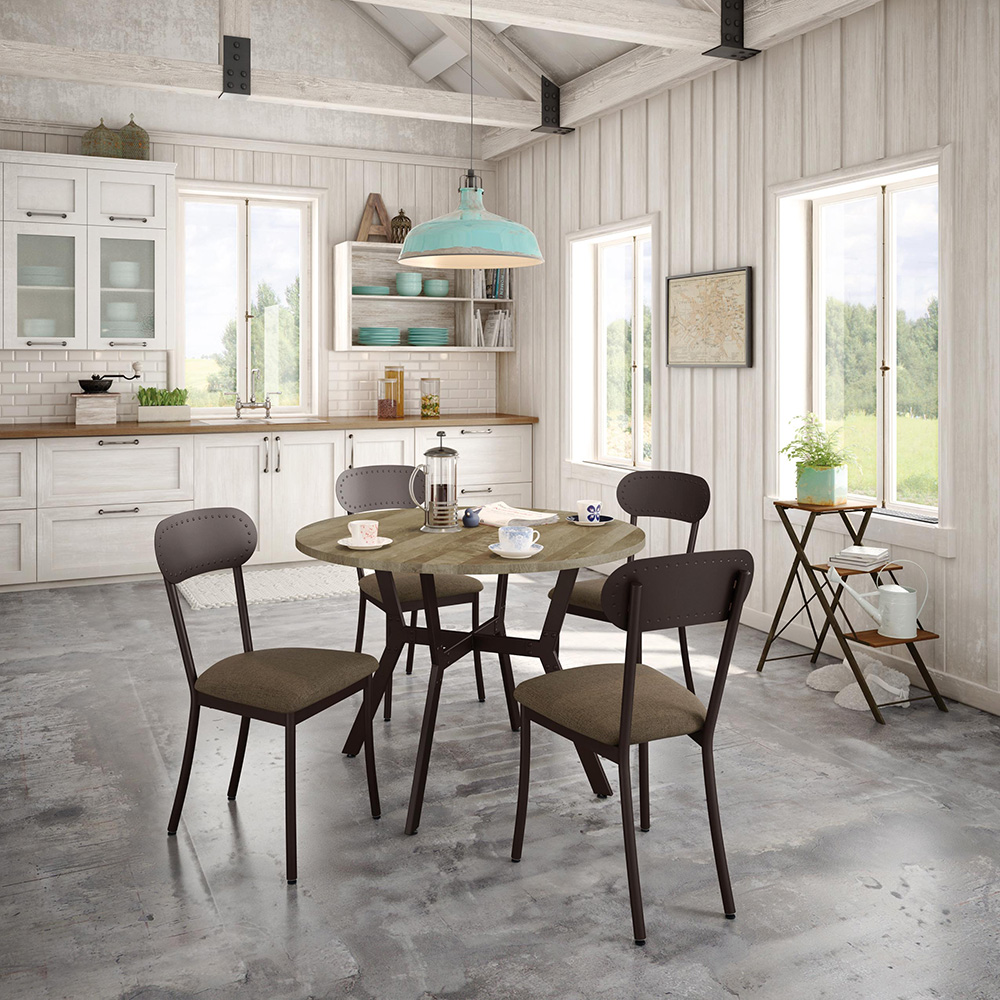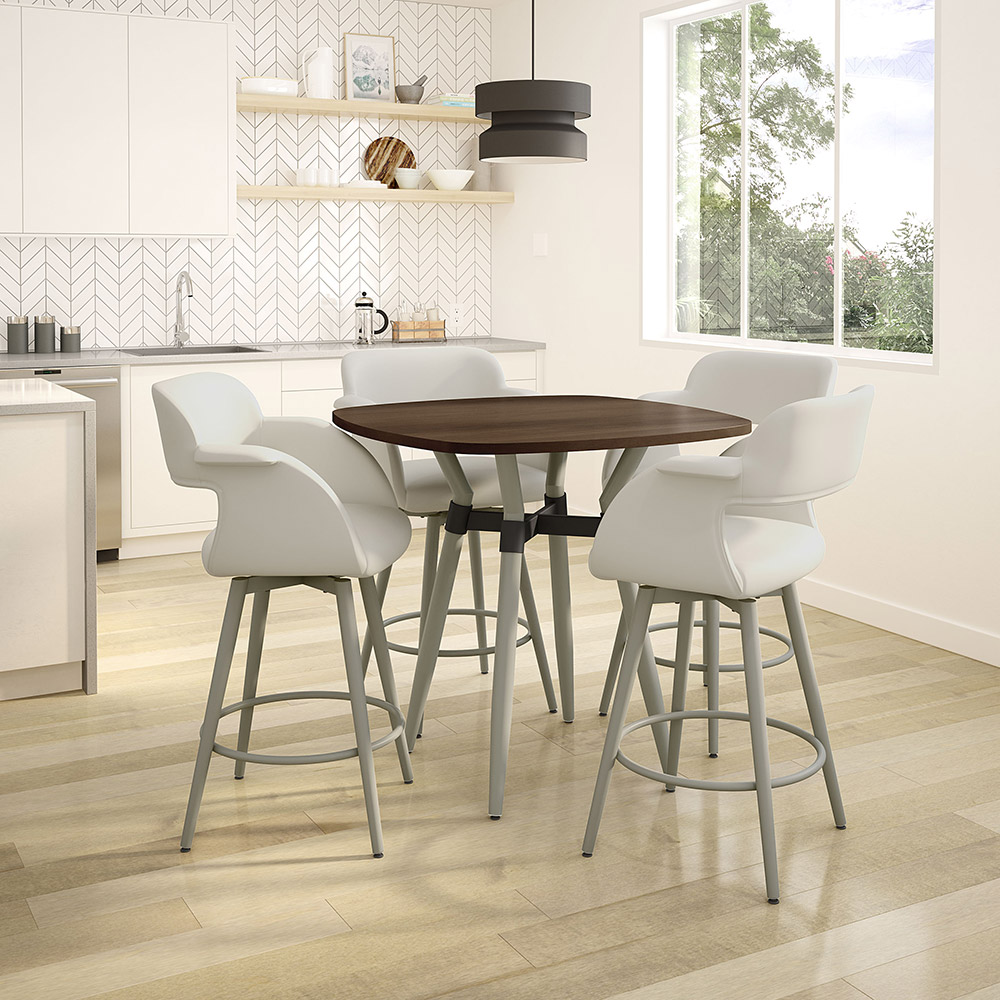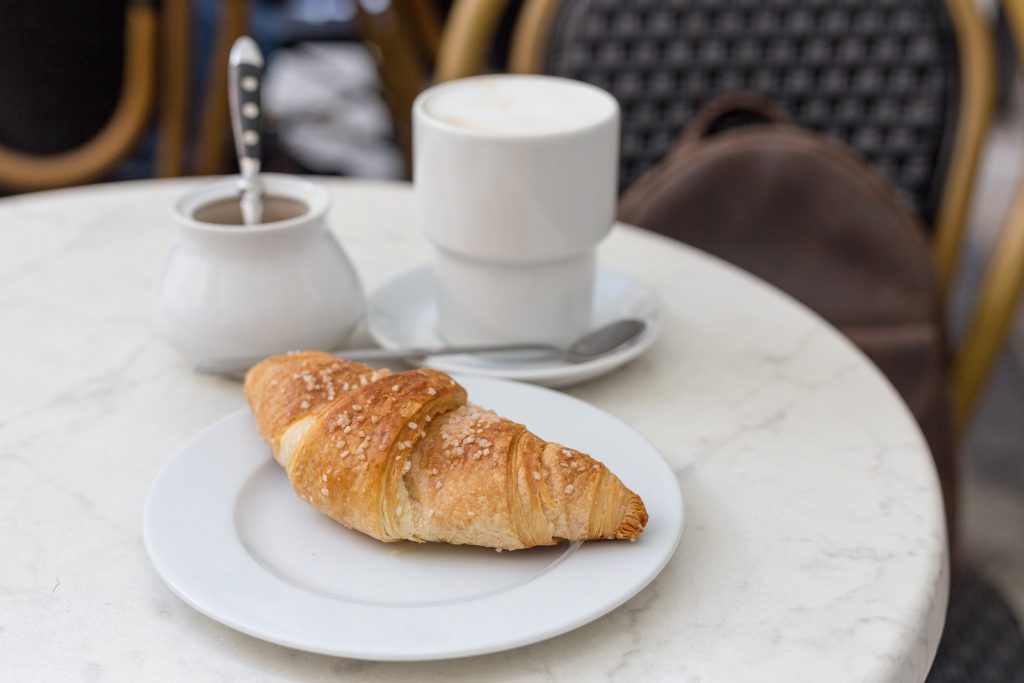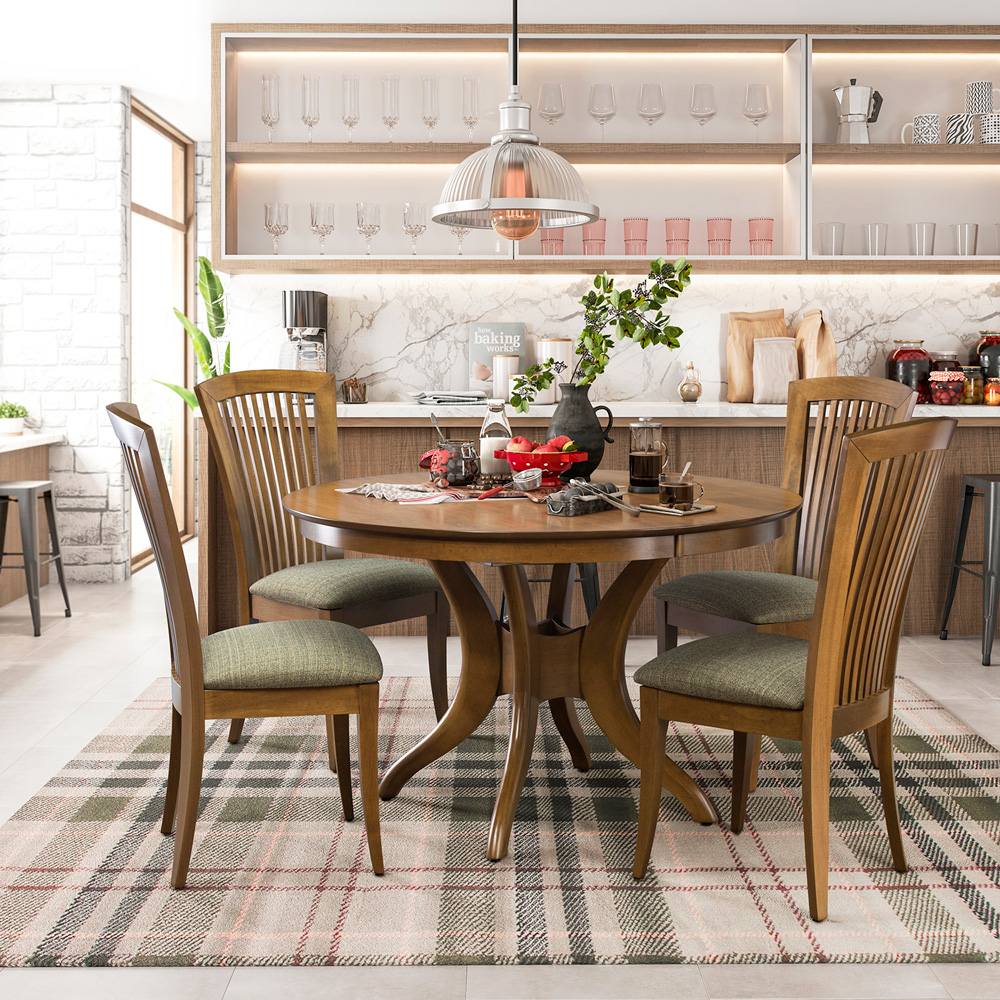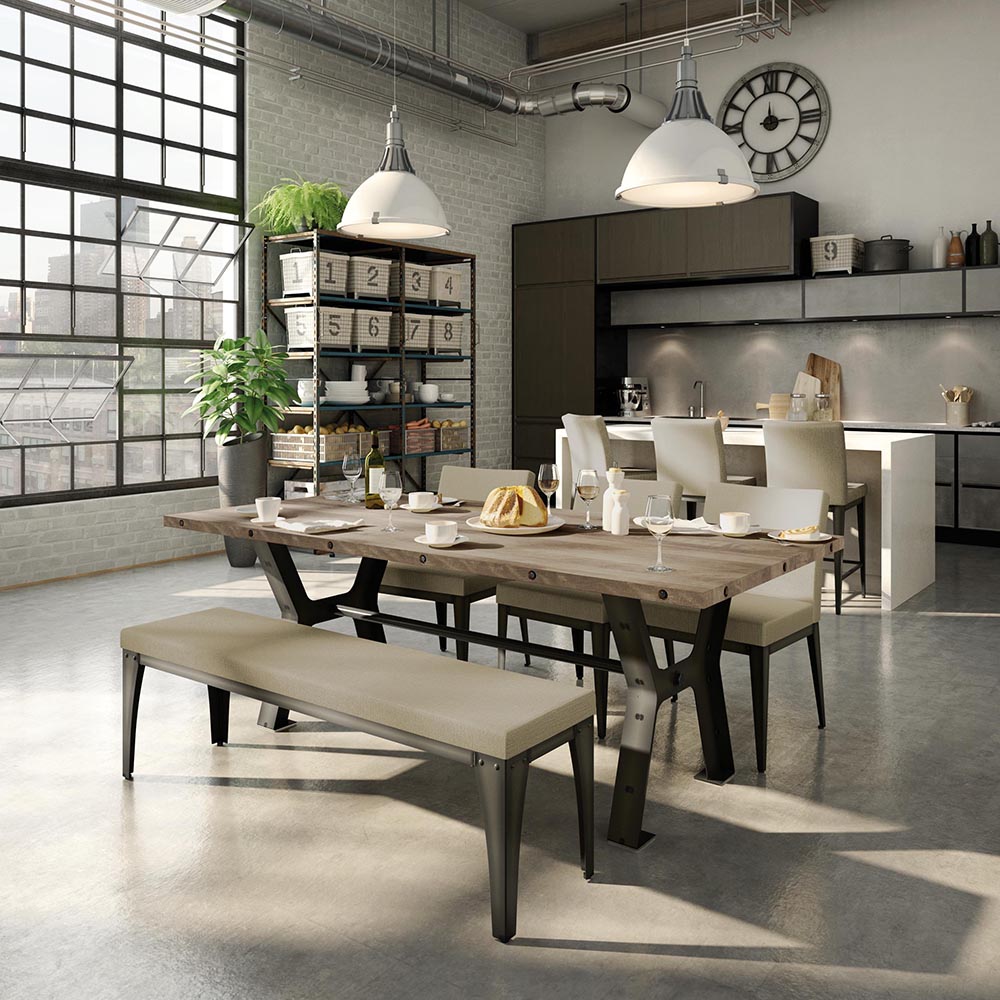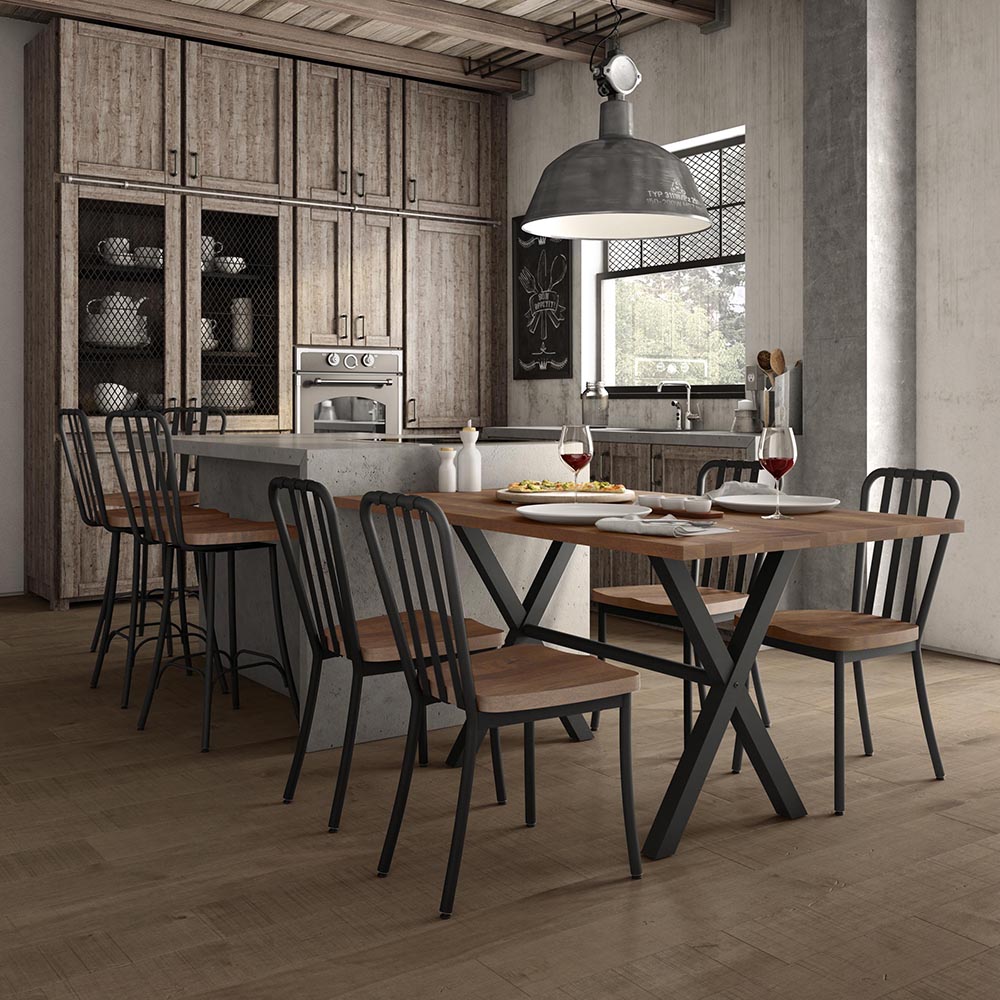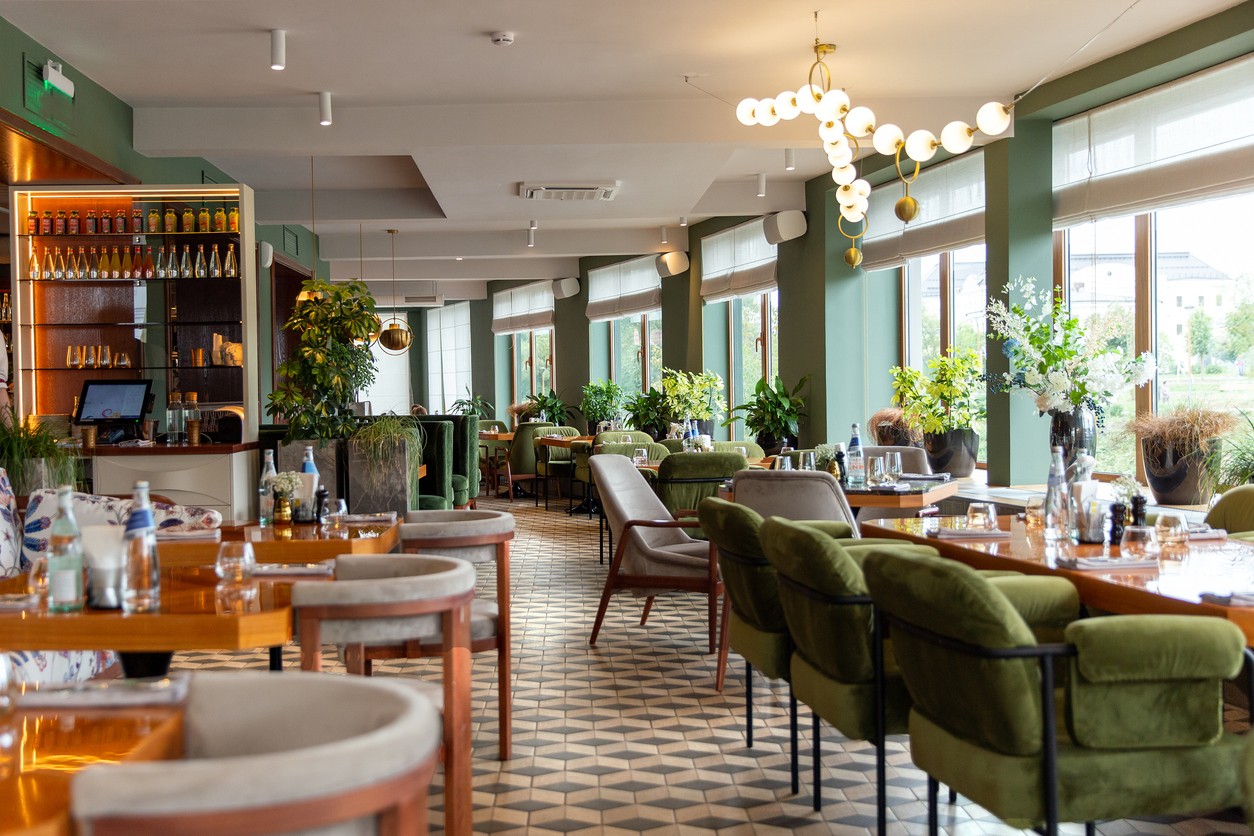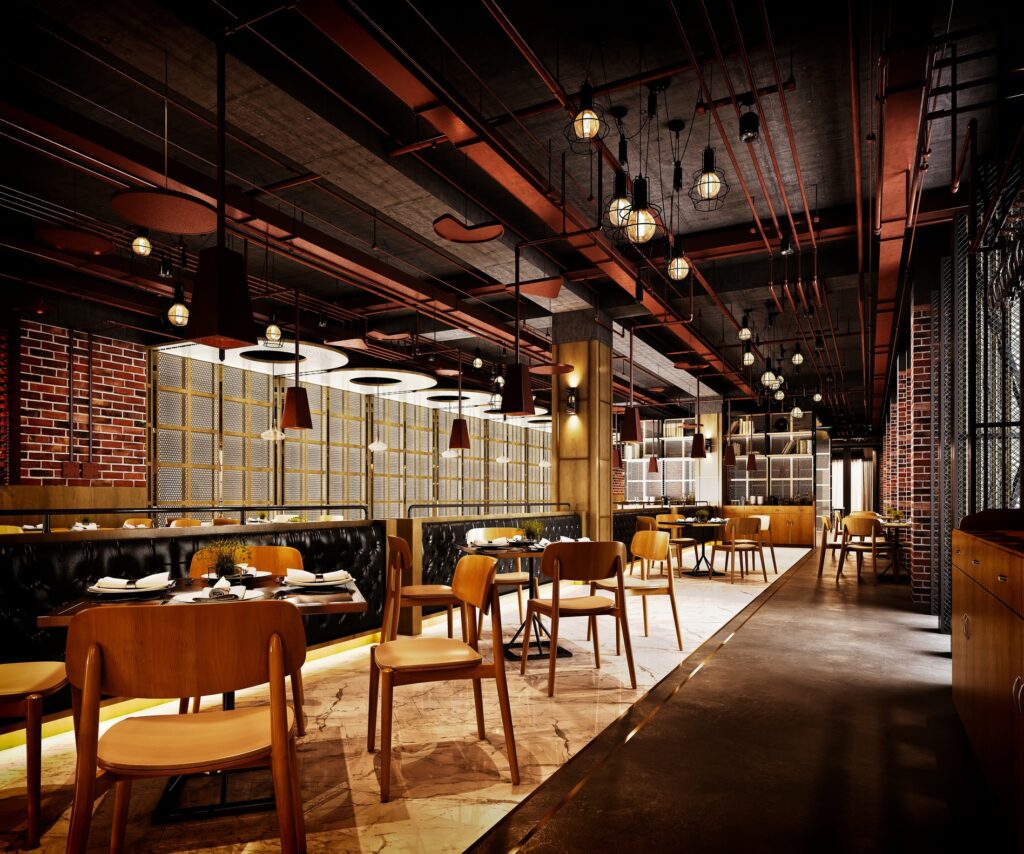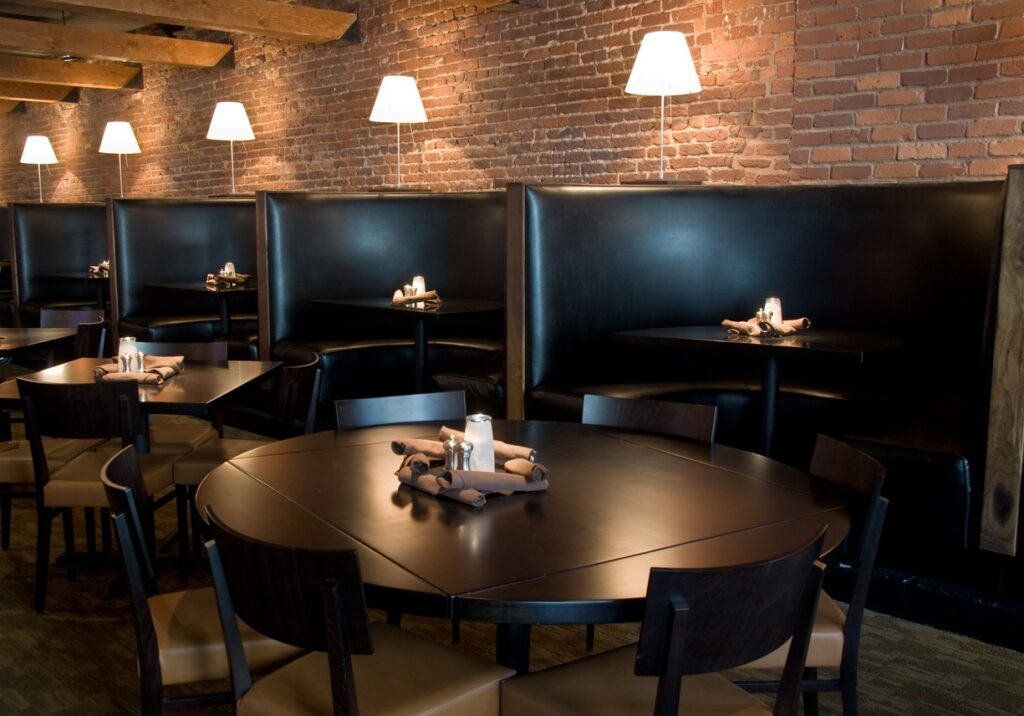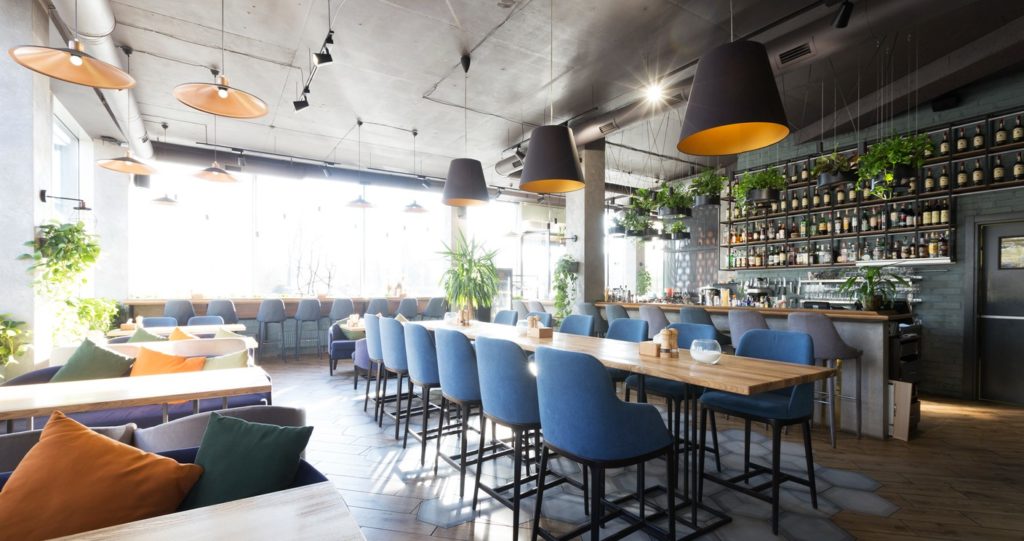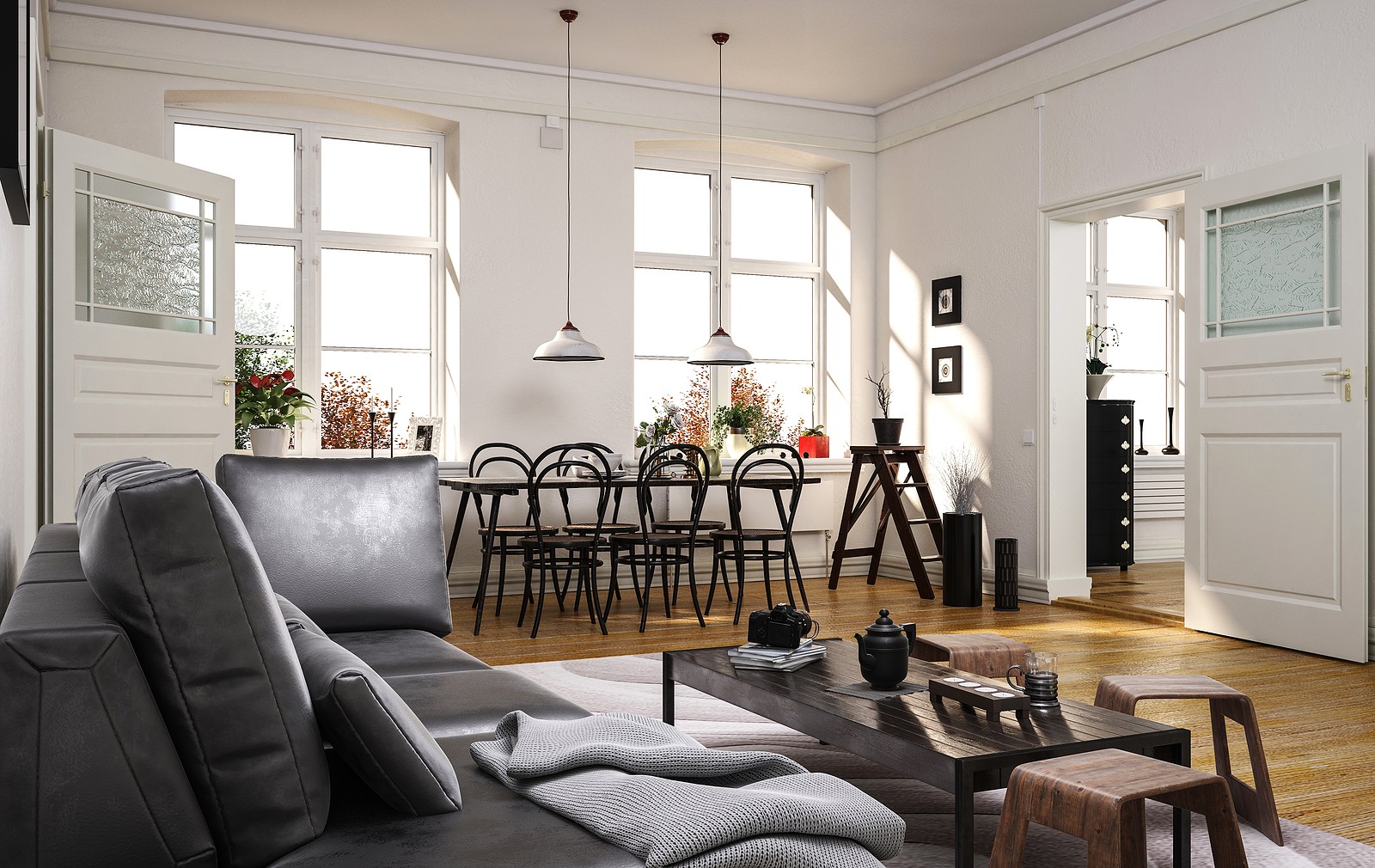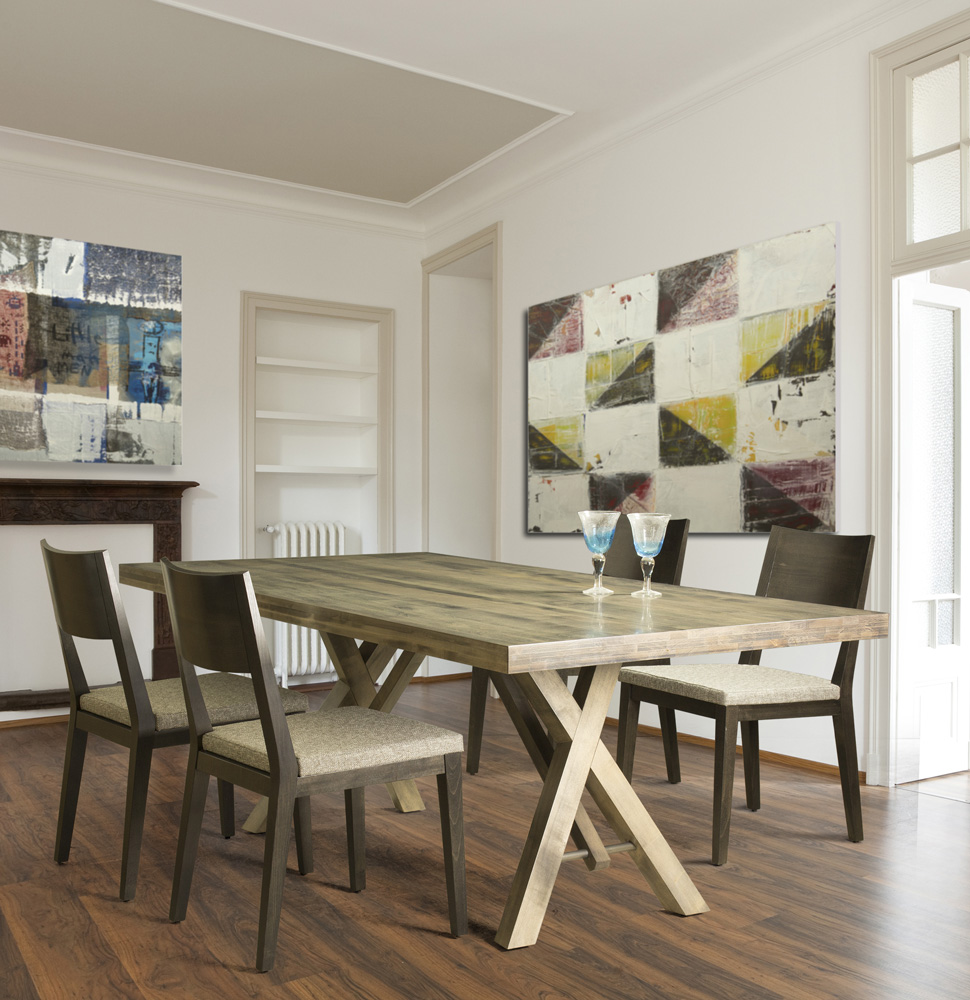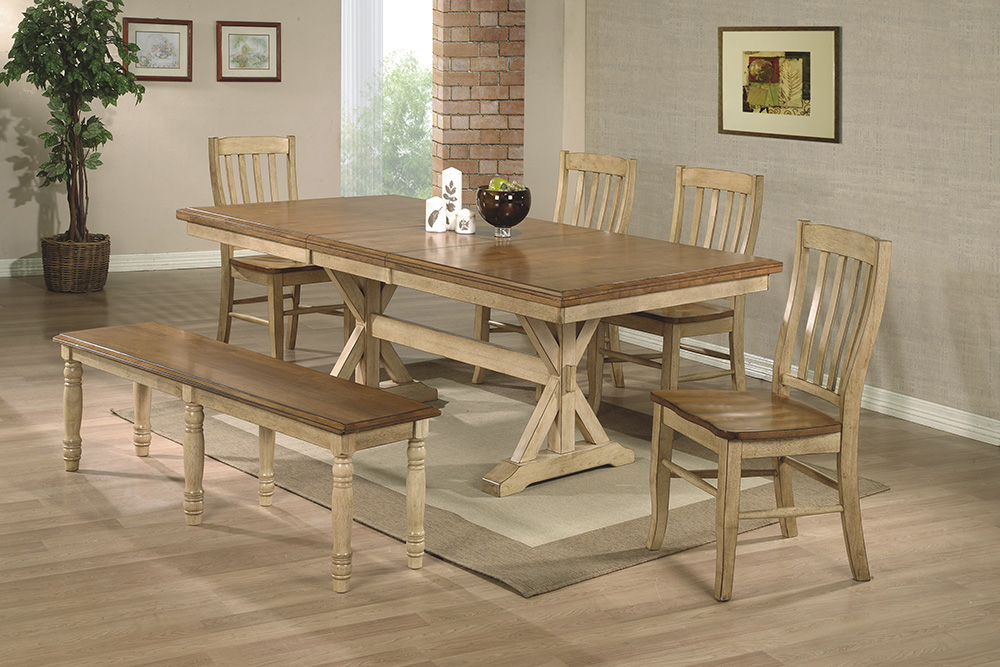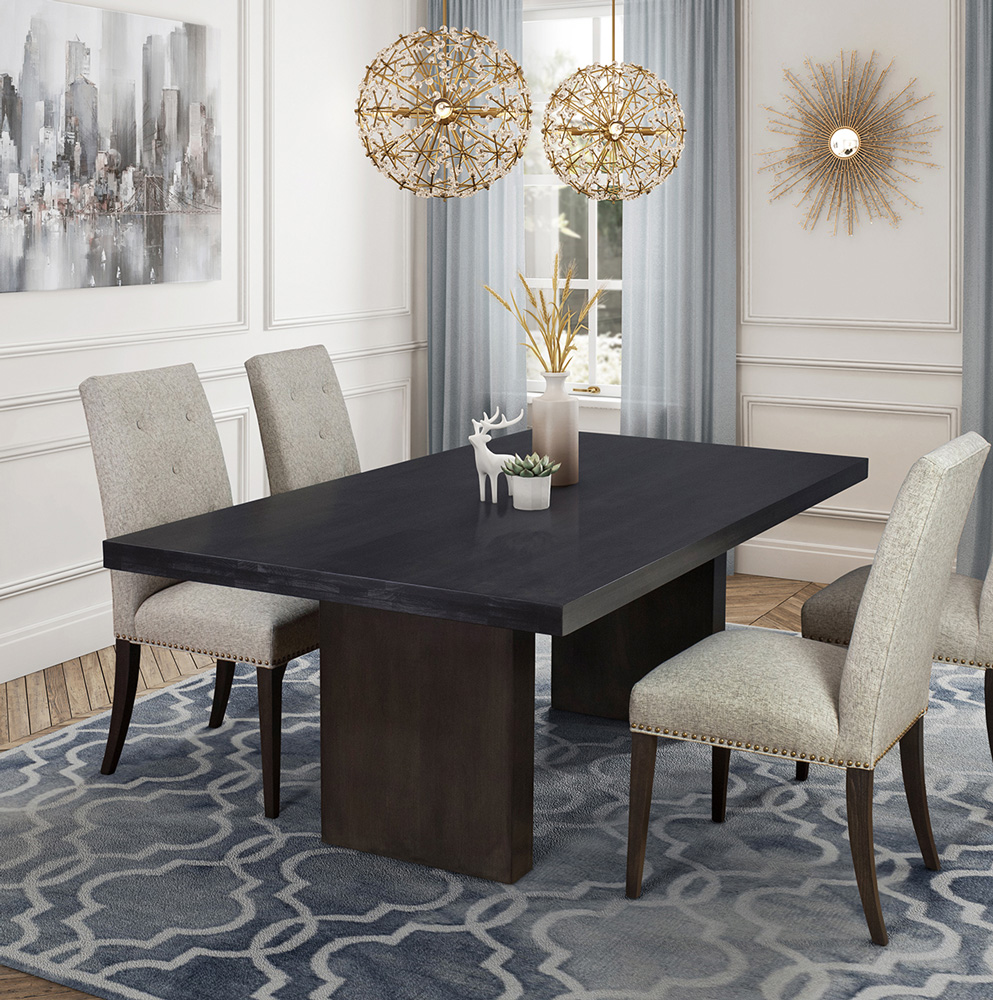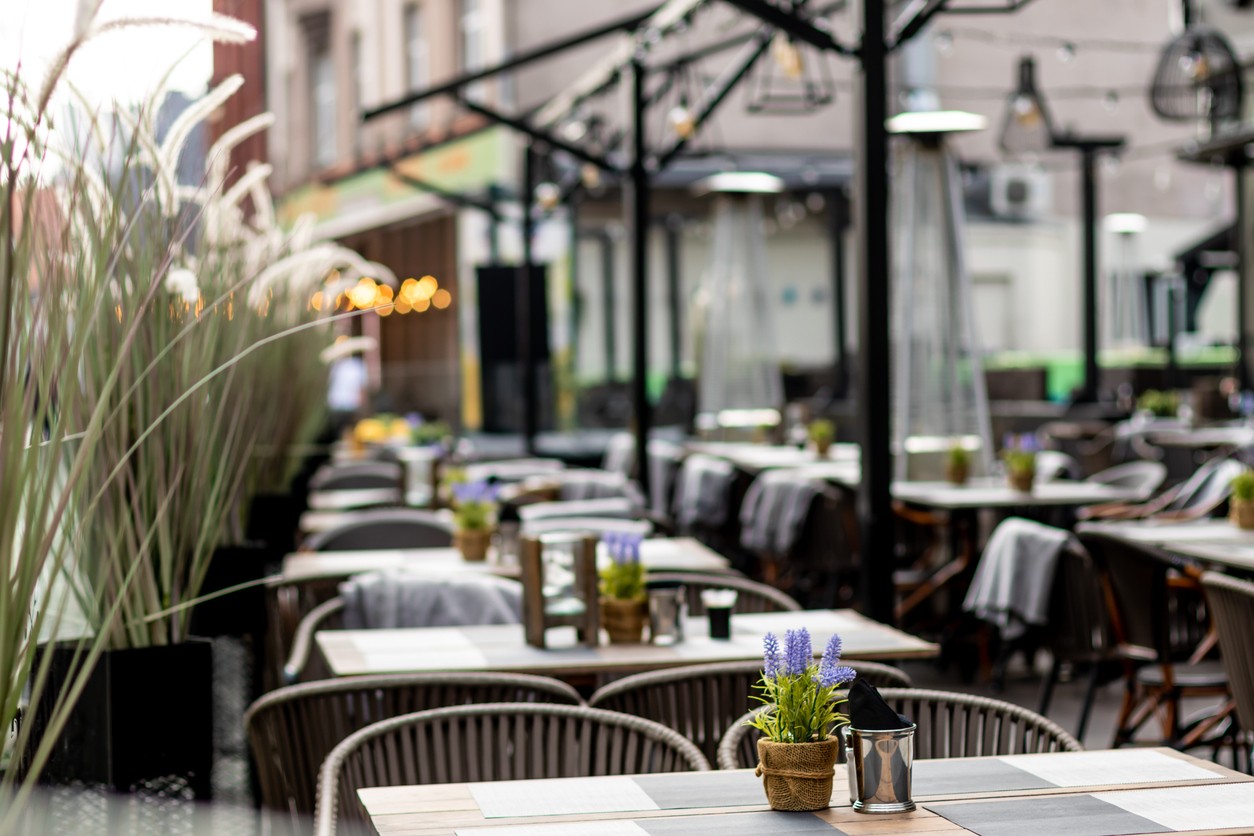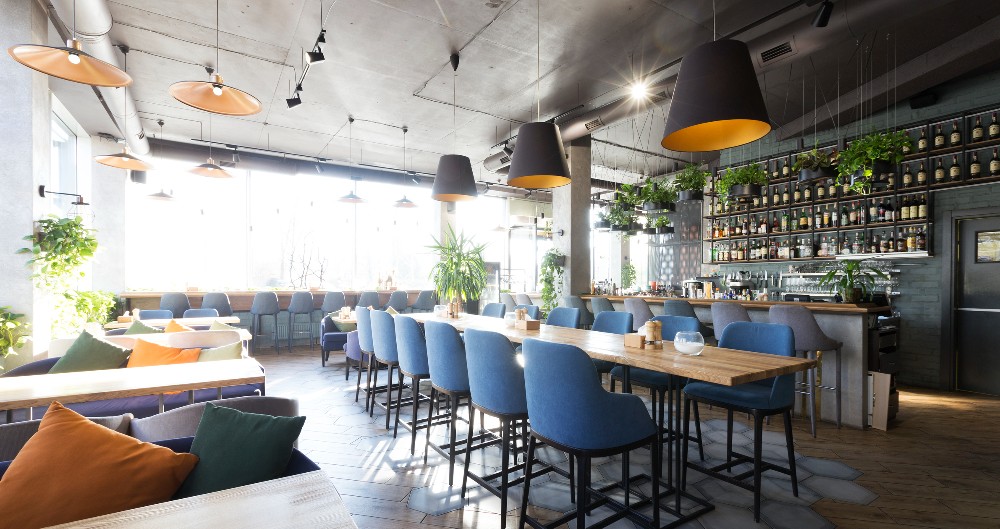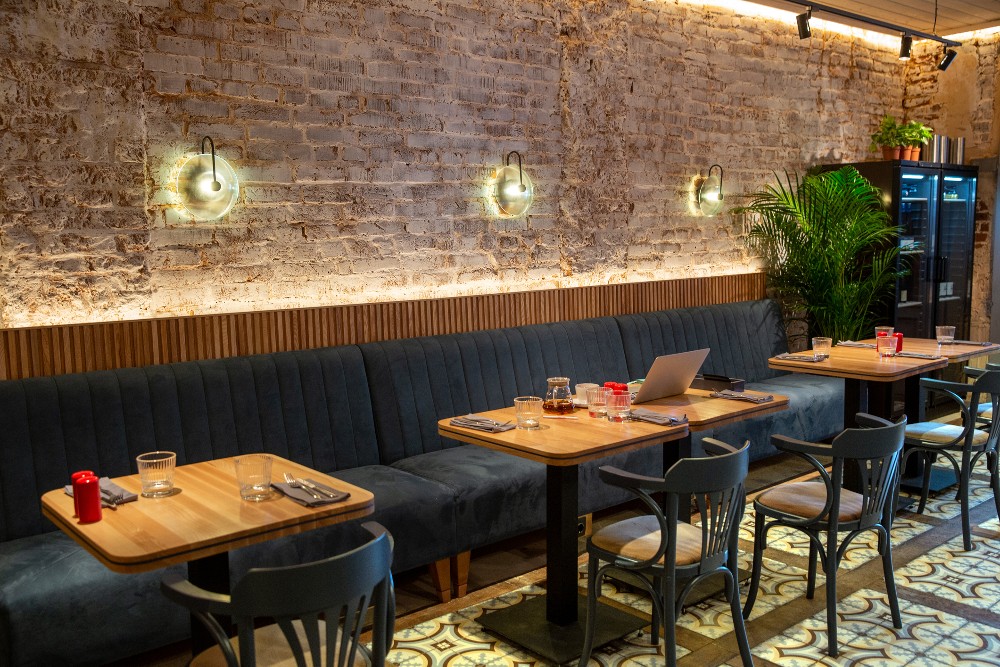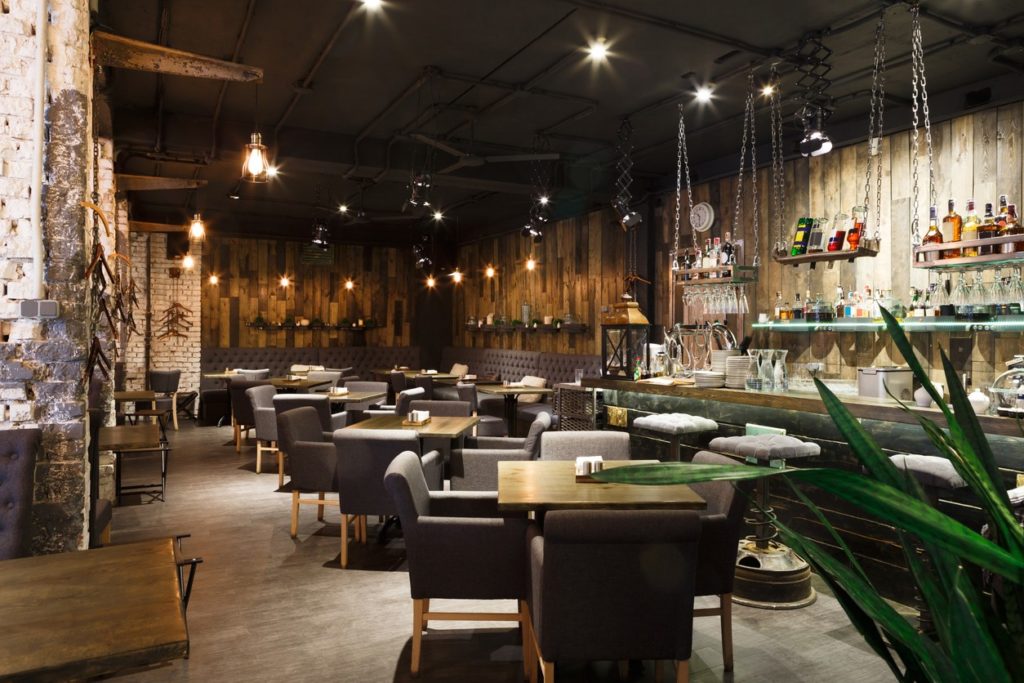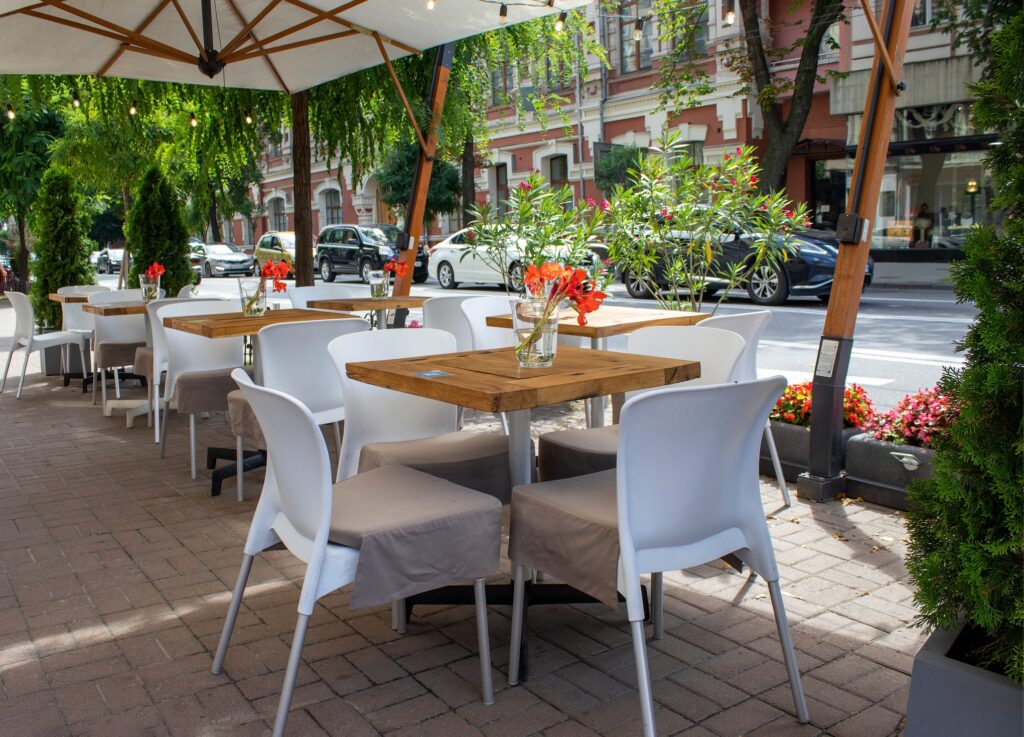The holiday season is fast approaching, and with it comes the opportunity to host memorable gatherings with family and friends. Whether it’s a cozy Thanksgiving meal or a festive Christmas dinner, having the perfect dining set ensures that your celebrations are both stylish and comfortable. In this blog, we’ll walk you through key considerations when choosing a dining set, including table types, chair styles, mixing and matching, and other essential factors. At the end, we’ll provide a call to action to explore California Dining & Barstools for a wide selection of high-quality dining furniture, perfect for Bay Area hosts.
1. Choosing the Right Table Style for Holiday Gatherings

Your dining table is the centerpiece of every holiday meal, and choosing the right one ensures you have enough space for both guests and decorations. Here are popular dining table styles to consider:
Rectangular Tables
Rectangular dining tables are a classic choice and offer the most seating space, ideal for larger gatherings like Thanksgiving feasts. They also leave plenty of room for a beautiful centerpiece. If your dining area can accommodate it, opt for an extendable rectangular table. These models come with leaves you can insert to make more space, perfect for adding last-minute guests.
Round Tables
A round table encourages intimate conversations and makes smaller groups feel connected. This style is ideal for families hosting smaller Christmas dinners or if you prefer a more personal setting. A pedestal base on a round table can offer more legroom, making it more comfortable for guests.
Oval Tables
An oval table offers the elegance of a rectangular table with softer, curved edges. If you want a table that feels formal yet doesn’t take up as much visual space, oval dining tables are a great option. Like rectangular tables, many oval designs come with extendable leaves.
Square Tables
Square tables create symmetry and work well in square-shaped dining rooms. They’re best suited for more intimate holiday gatherings with fewer guests. Consider adding some festive decor to the center to elevate the look and feel for holiday dinners.
2. Picking the Perfect Chairs for Comfort and Style
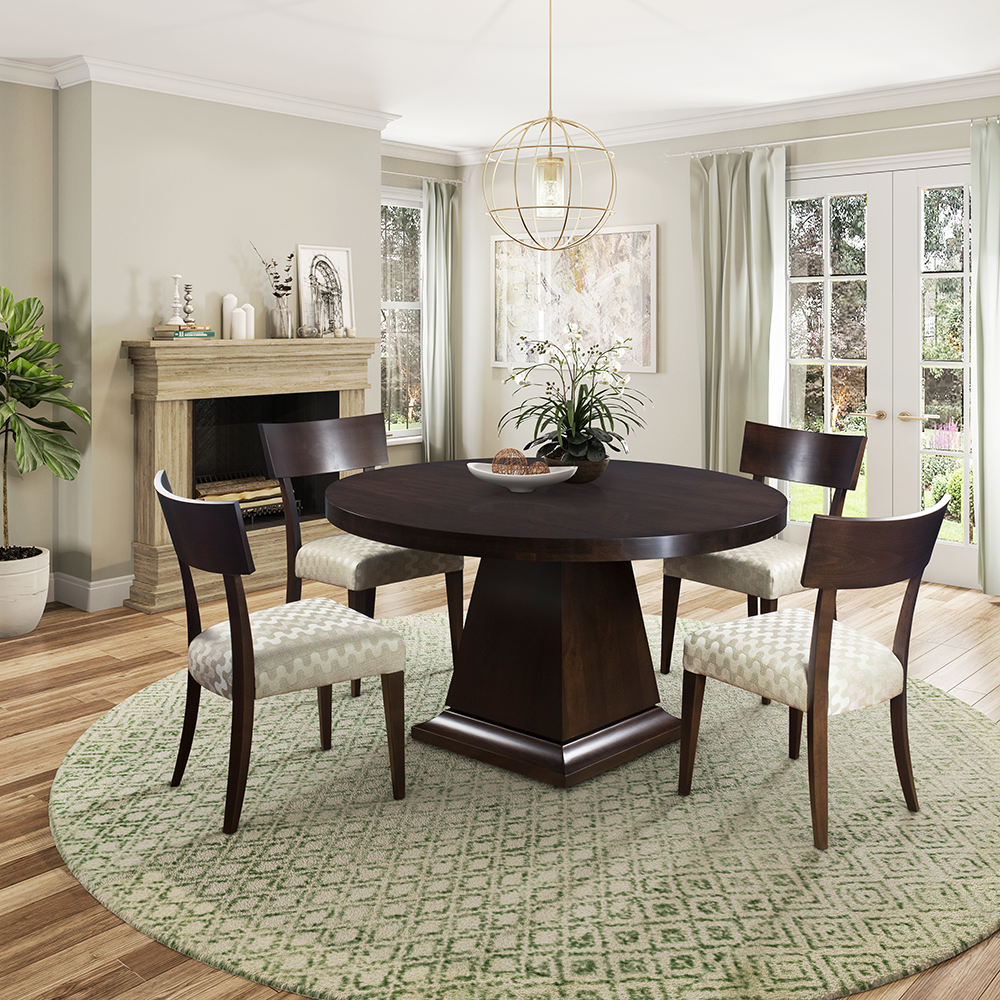
Comfortable seating makes all the difference during long holiday meals. Following are several dining chair options to keep in mind when planning your dining room setup:
Upholstered Chairs
If you want your guests to stay comfortable throughout the meal, opt for upholstered chairs. These chairs provide extra cushioning and can come in various fabrics and finishes to complement your dining room’s aesthetic.
Wooden Chairs
Wooden dining chairs are durable and easy to maintain, making them a practical option for families. Pairing wooden chairs with seat cushions allows you to add color and softness, giving your space a warm, festive look.
Benches and Banquettes
For a more modern or space-saving solution, consider adding a bench to one side of your table. Benches work well with rectangular tables and allow for flexible seating arrangements, especially if you expect children to be part of your holiday gatherings. Banquettes are also an elegant option, creating a cozy, built-in dining nook feel.
3. Mixing and Matching Tables and Chairs
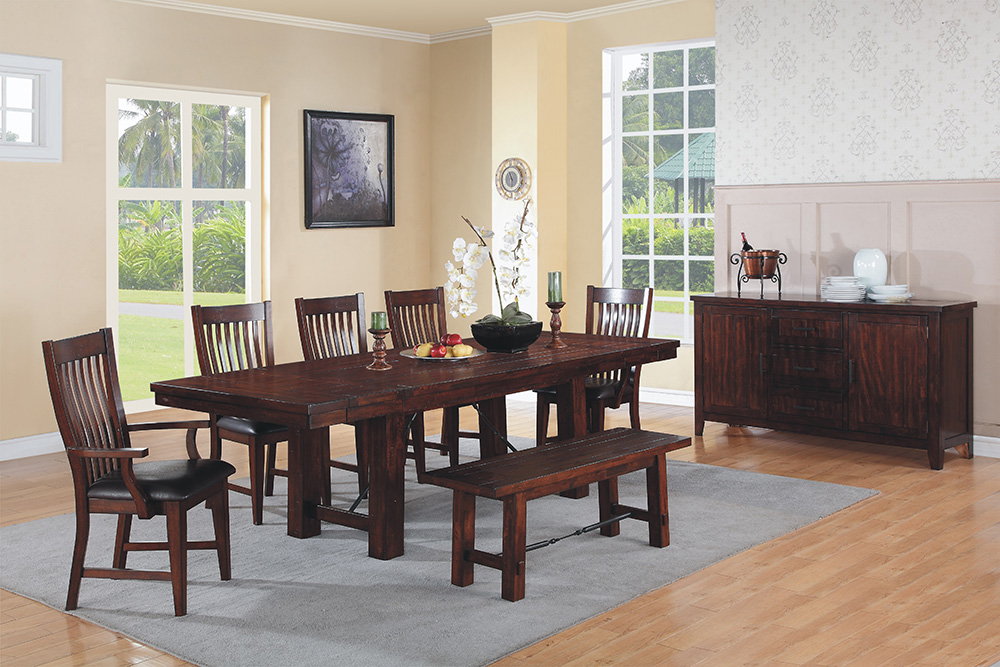
Gone are the days of perfectly matching dining sets—modern dining rooms are all about mixing and matching different elements to reflect your personal style. Here’s how you can successfully combine various pieces to create a cohesive holiday look:
Different Chair Styles
Using different chair styles adds visual interest to your dining space. For example, you can use upholstered chairs at the head of the table and wooden chairs along the sides. This contrast brings texture and personality to the setting.
Playing with Colors and Finishes
For a festive touch, mix chairs in complementary colors or wood finishes. A dark wood table paired with light wood chairs creates an eye-catching contrast, while jewel-toned fabrics can enhance the holiday feel.
Incorporating Benches with Chairs
For casual gatherings like Thanksgiving brunch, a mix of benches and chairs creates a relaxed, communal vibe. A bench on one side and chairs on the other allows you to seat more guests without overcrowding the space.
4. Other Key Considerations: Space, Size, and Functionality

Choosing the right dining set for holiday dinners isn’t just about aesthetics—it’s also about ensuring the setup fits your space and serves your needs. Here are some practical considerations to keep in mind:
Room Size and Layout
Measure your dining area to ensure your table fits comfortably, leaving enough room for chairs to be pulled out without obstruction. If you’re working with a smaller space, consider a round or extendable table that offers flexibility.
Seating Capacity
Think about how many guests you’ll typically host and choose a table that accommodates them. Extendable tables are particularly useful during the holidays, as they allow you to add seats without compromising space the rest of the year.
Durability and Maintenance
Since holiday dinners can get messy, choose materials that are easy to clean and maintain. For instance, wood tables with a protective finish are more resistant to spills, and upholstered chairs with stain-resistant fabrics make cleanup easier.
Matching with Existing Décor
Consider how your dining set will coordinate with the rest of your dining room decor. A cohesive look helps create an inviting atmosphere, but you can also use the holidays as an opportunity to introduce festive accents like chair covers, table runners, and centerpieces.
5. Elevate Your Holiday Table with Accessories and Décor
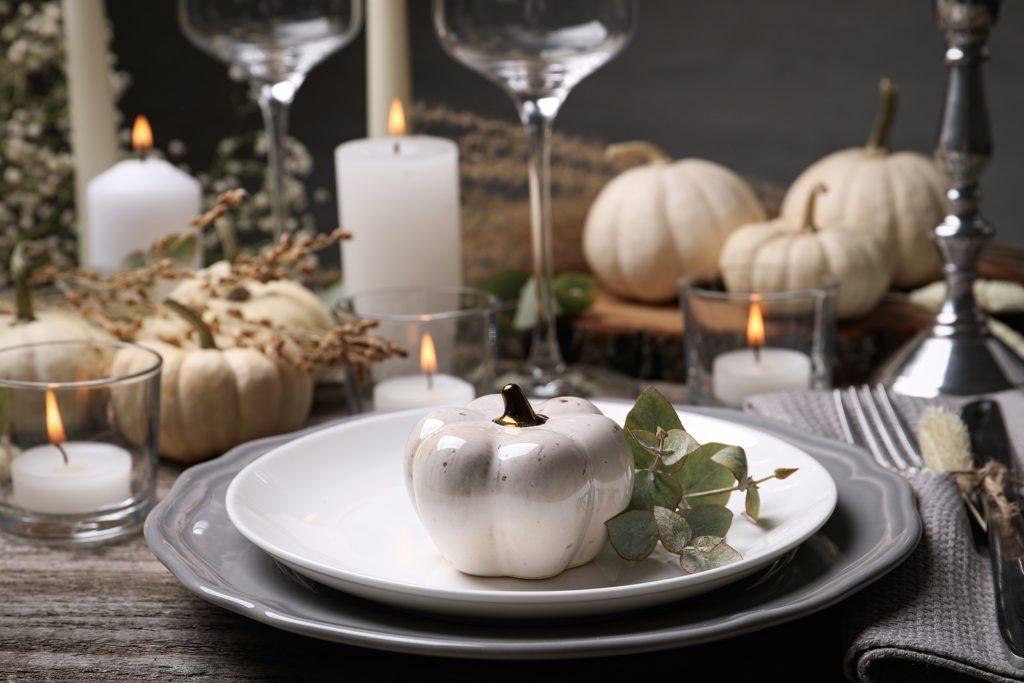
Once you’ve chosen the perfect dining set, it’s time to think about the finishing touches that will make your table holiday-ready. Here are a few tips:
Table Linens and Runners
Use a festive tablecloth or runner to add warmth and personality. For Thanksgiving, opt for autumnal colors like orange, brown, and gold, while Christmas decor can feature reds, greens, and whites.
Centerpieces and Candles
Create a stunning centerpiece using seasonal elements like pinecones, pumpkins, or ornaments. Candles add a warm, cozy ambiance, especially for evening gatherings. Just be mindful of table space—your centerpiece should complement the meal, not compete with it.
Place Settings and Napkin Holders
Personalize your table with elegant place settings and unique napkin holders. Adding holiday-themed name cards or small gifts at each place setting creates a thoughtful touch that makes guests feel welcome.
Shop at California Dining & Barstools for Your Holiday Dining Set
Choosing the right dining set for Thanksgiving and Christmas dinners sets the tone for joyful celebrations with loved ones. Whether you prefer a rectangular table with matching chairs or a mix-and-match look with benches, selecting the right pieces ensures comfort, style, and functionality. Don’t forget to consider space, seating capacity, and decor accessories to make your dining space holiday-ready.
Get ready to impress your guests with the perfect dining set! Visit one of our two showrooms in the Bay Area – Sunnyvale and Pleasant Hill – to explore our stunning selection of dining furniture and find the perfect match for your home. Your ideal holiday dining experience awaits!
Happy Holidays!
